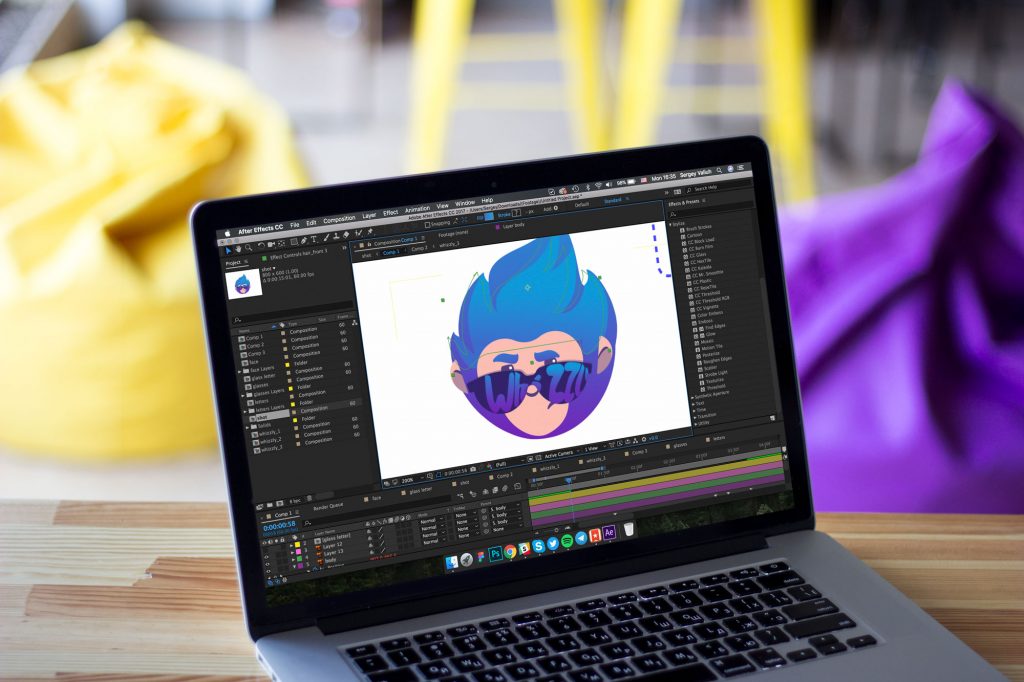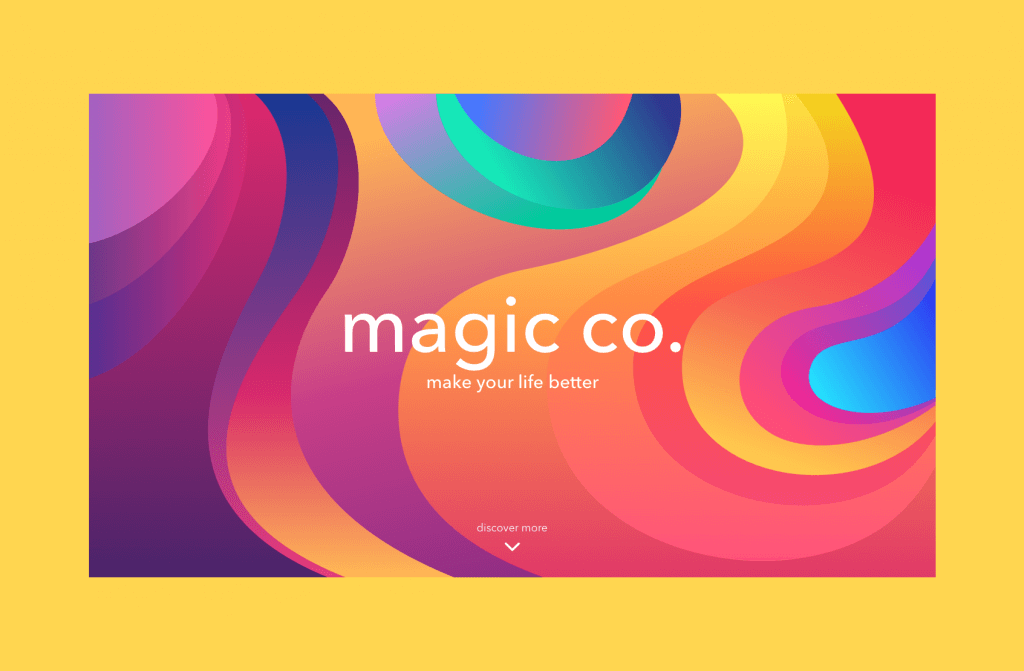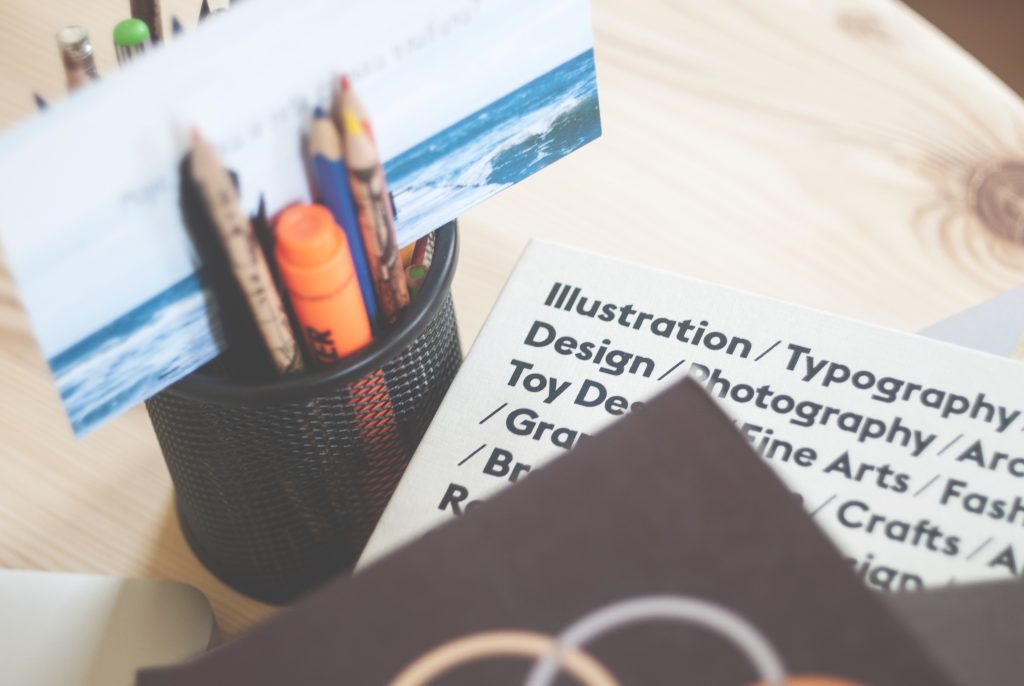This case study is up to unveil our recent project filled with the bright cheerfulness of childhood. In it, we worked on a picture book for children, with a full-scale scope of tasks, including writing, cute character art, illustrations of different formats, and graphic design. So, welcome to go all the way through the creative process behind a children’s book.
The project was accomplished by the tubik team of Maryna Solomennykova, Marina Yalanska, and Arthur Avakyan, with art direction by Sergii Valiukh.
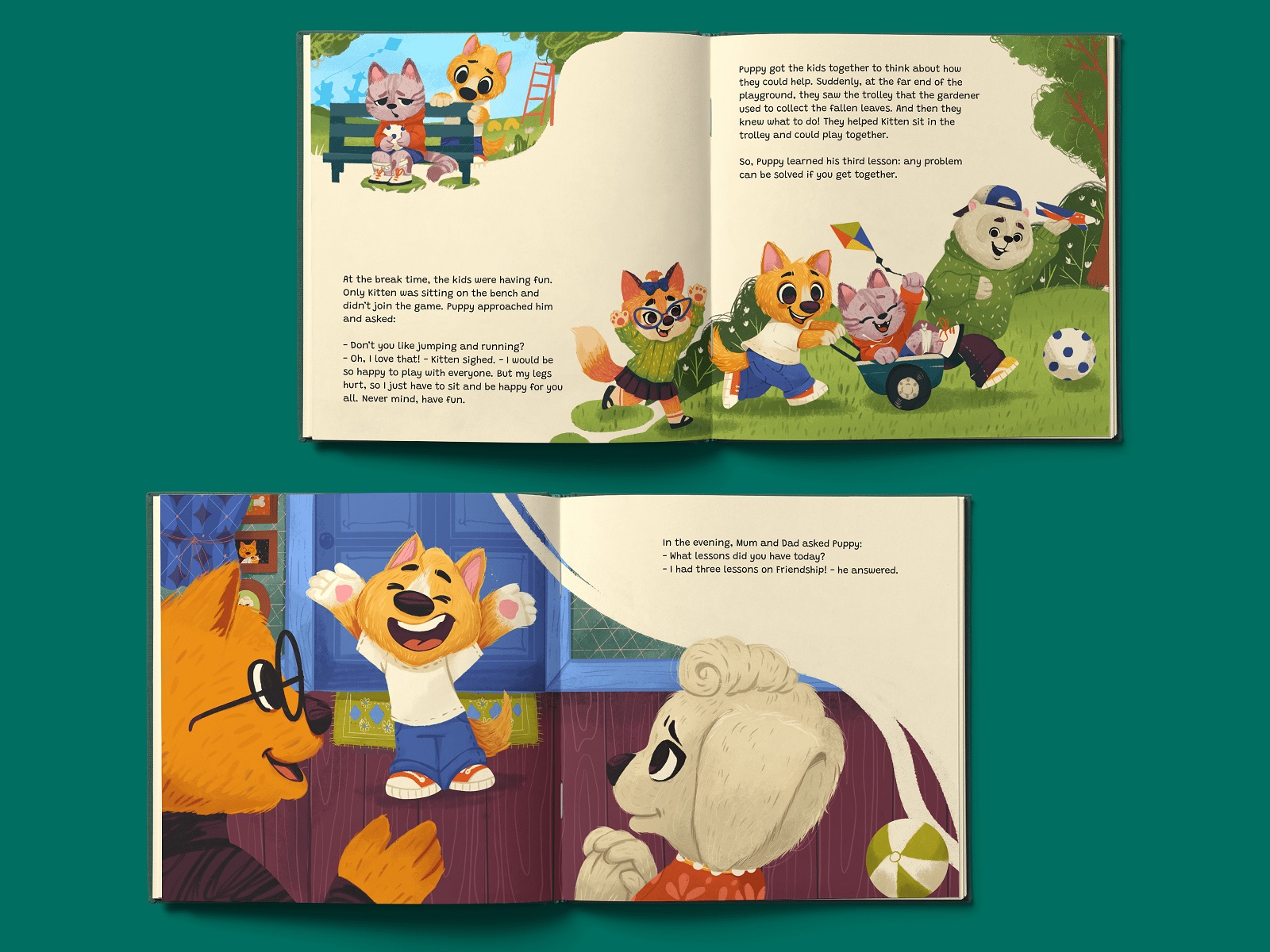
Idea and Story
The general idea behind the picture book story was to support the children who are getting prepared to start primary school and are worried about that. It uses a quite classic approach to the kidlit aimed at preschoolers and primary school readers when the fairytale uses animal characters featuring human traits and behaviors. The main character is Little Puppy, and the story is about his first day at school, his feelings and worries, and three big lessons about friendship that are very important to learn. So, through the story development, he meets a bunch of secondary characters and deals with the typical primary school background and environment.
In our case, the process of a picture book creation started with deciding upon the general idea, plot, and approach to the type of character reflection. Afterward, the writing part was done first to let the design team understand the entire volume of textual material and define the scenes that are the best for visualization to make the storytelling emotional and engaging for little readers. However, it doesn’t mean that the writing stage was accomplished independently: to make the process more effective, the writer worked on the text advised by the illustrator and kept in mind the possible visual presentation options for different parts of the story.
When the story was completed, the process of making it live with pictures started.
Sketches and Character Development
At the early stage of visualization, the illustration artist started with quite detailed sketches to figure out what the particular scenes would look like, what their composition would be, and how they would influence the major emotions and events the book tells about. In addition, that allowed us to plan the structure of the page with the space for text blocks describing the specific scene. At this stage, the artist also worked on the character concepts, their proportions, facial expressions, and visual details of personalities. As in the book they had to deal not as separate elements but as one system, it was crucial to think over them from such a perspective to keep them consistent from one scene to another.
Let’s take a glance at some of the sketches obtained at this creative stage.
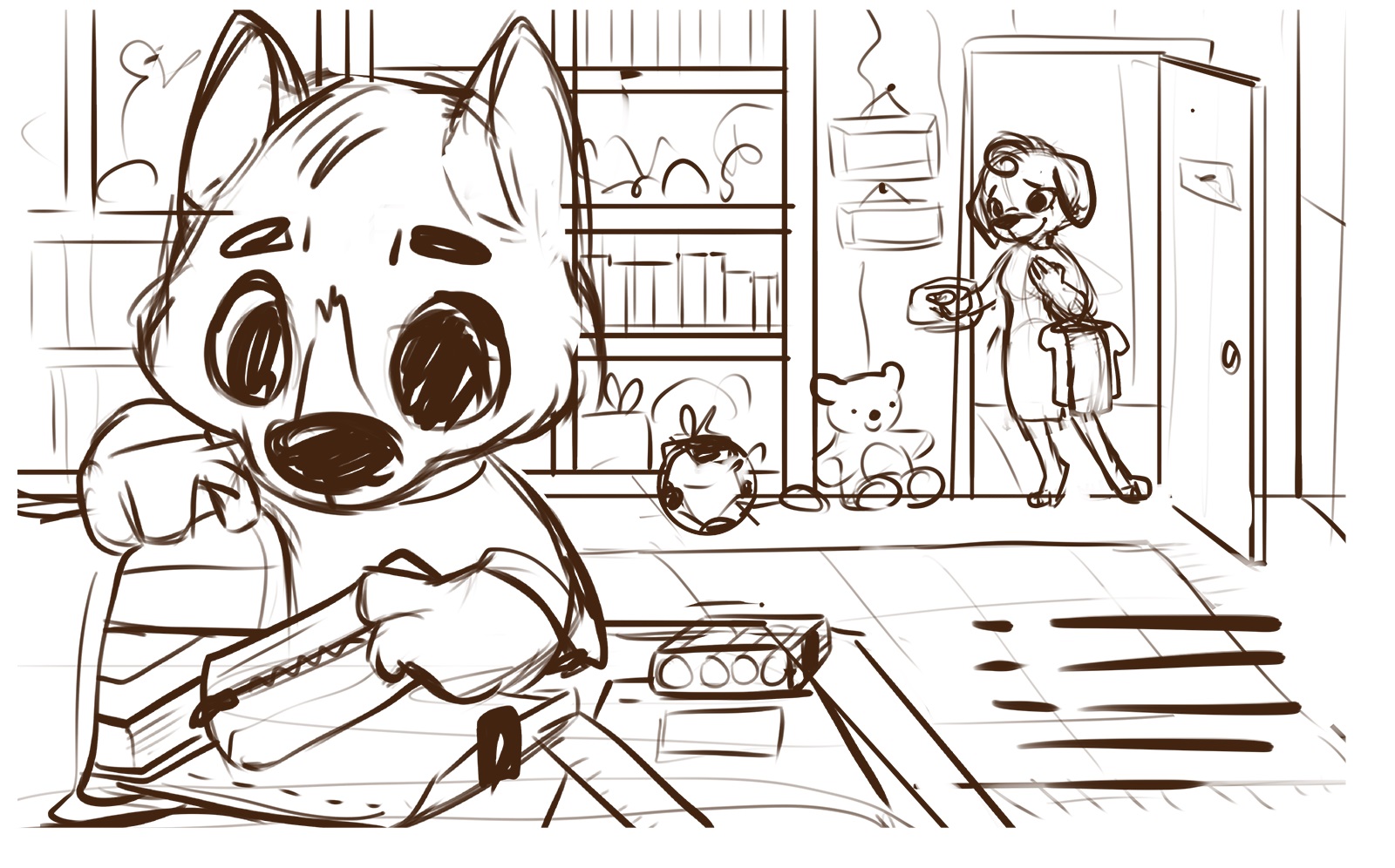
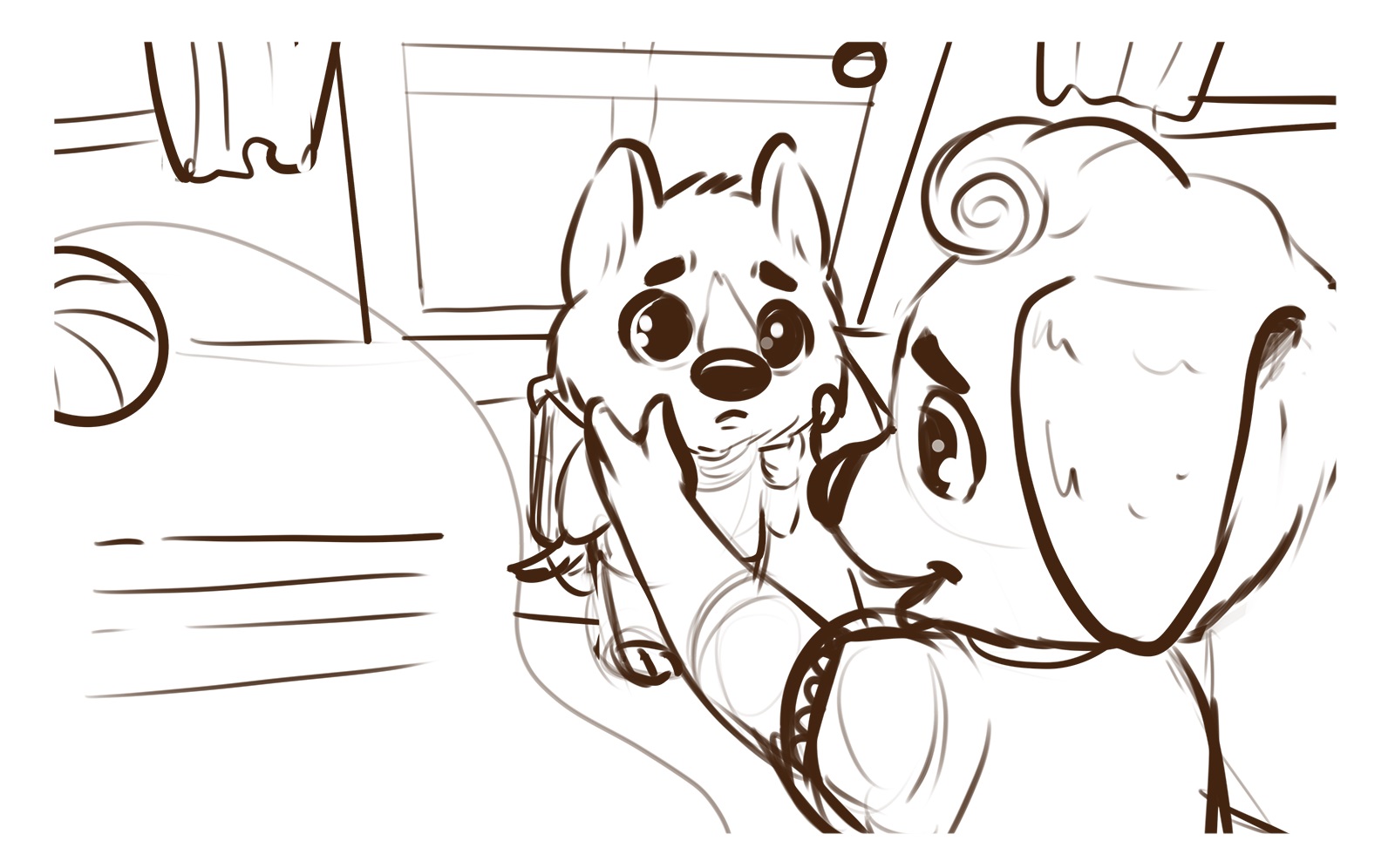
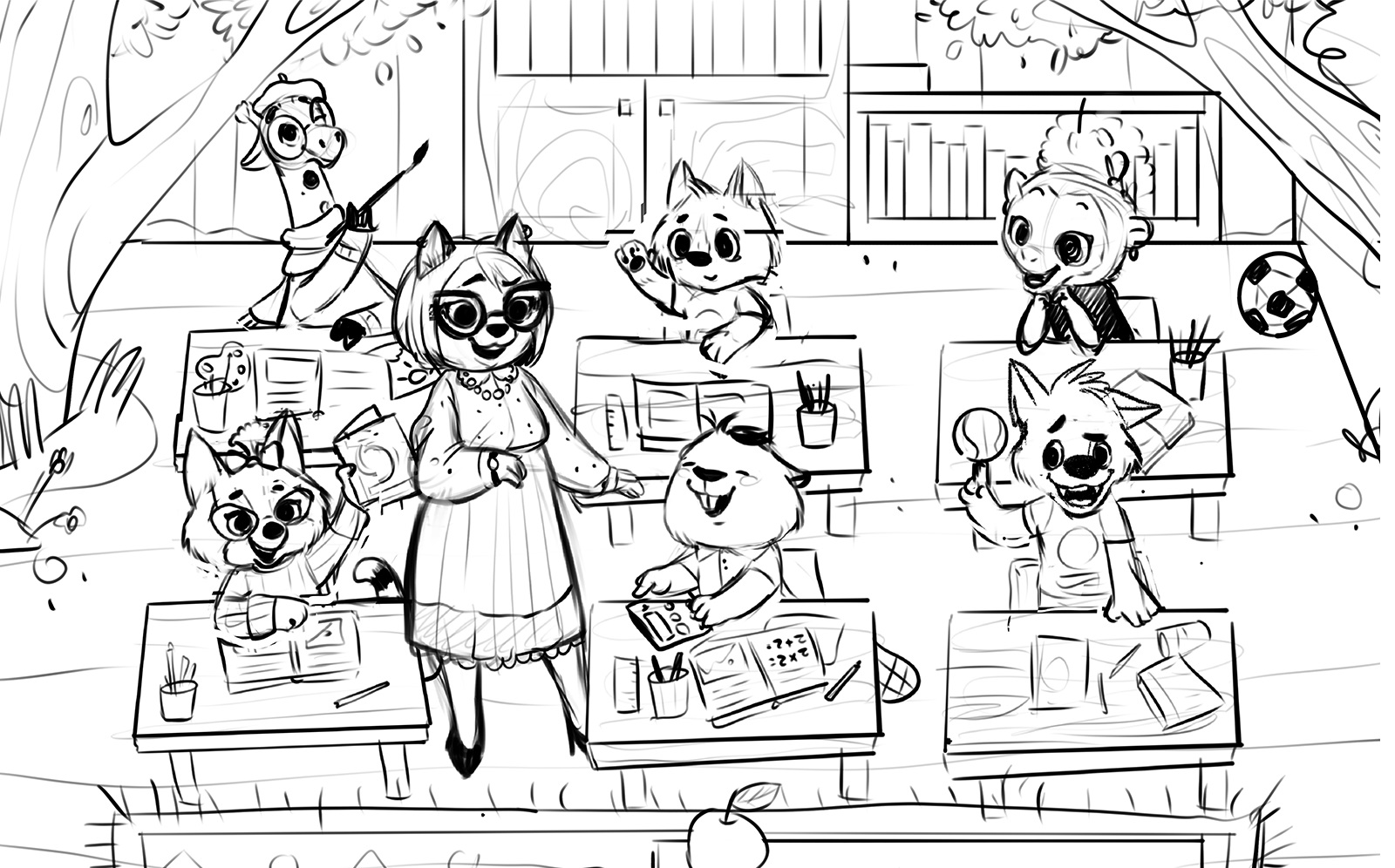
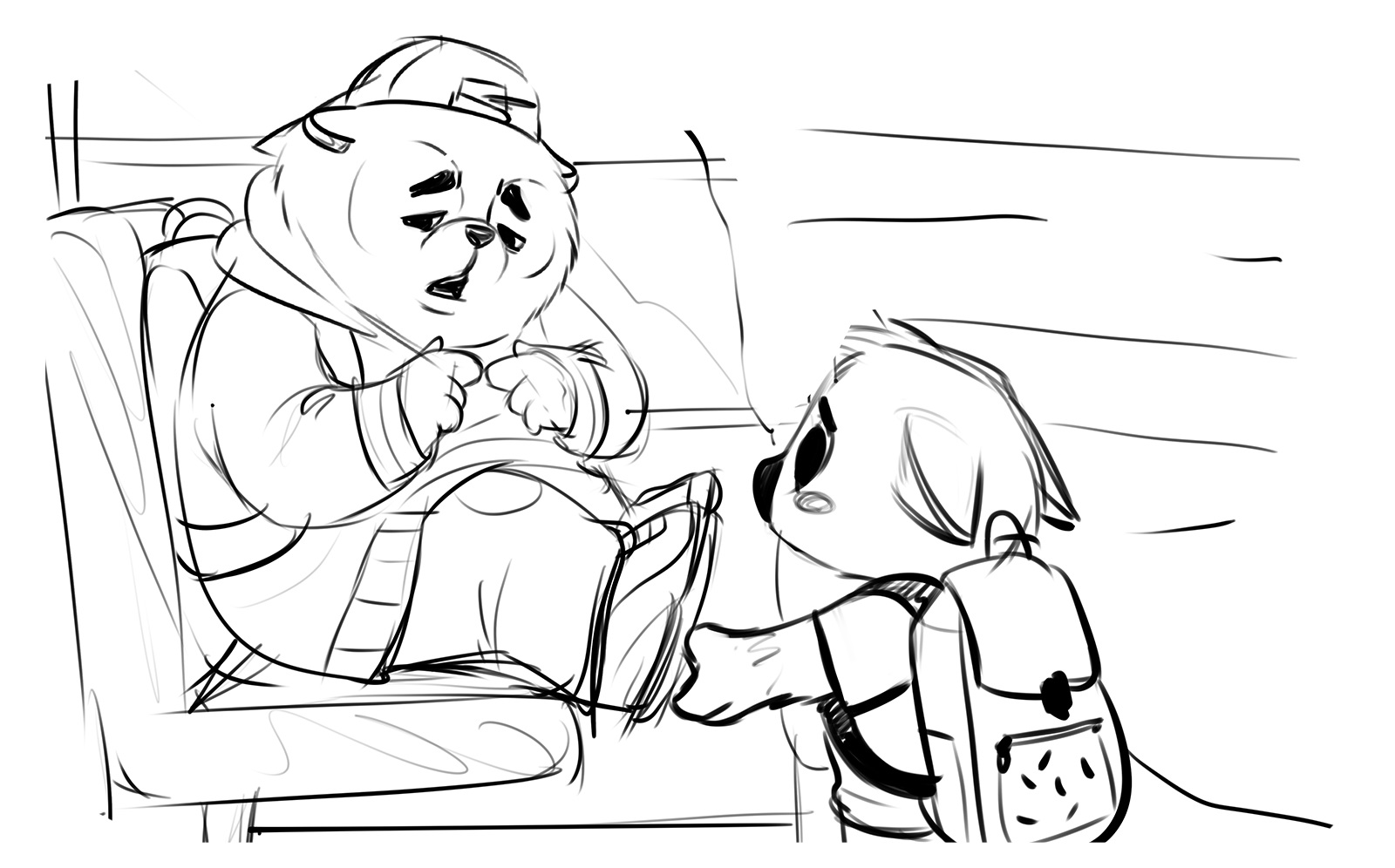
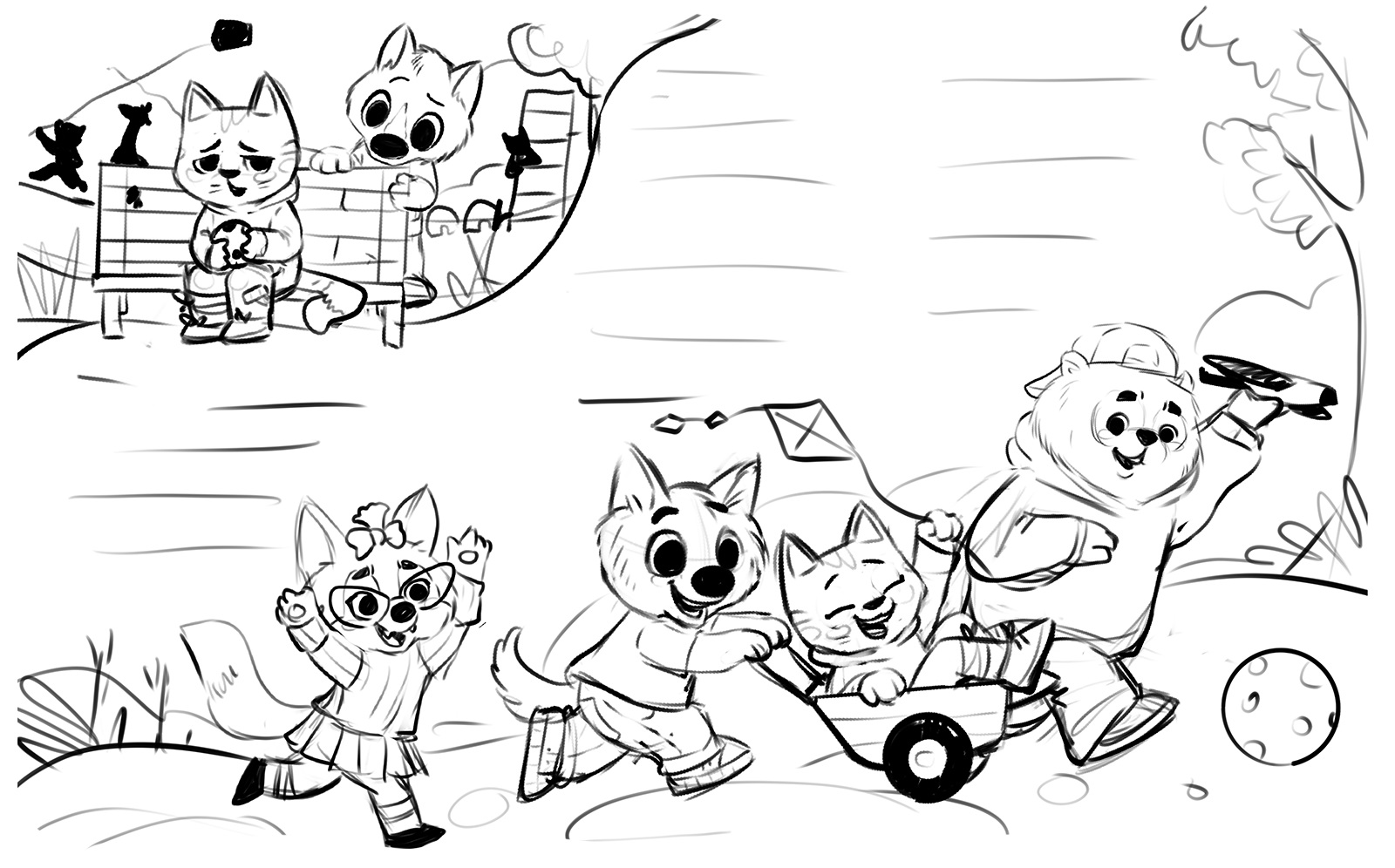

Illustrations and Character Art
When the major scenes were sketched and character concepts developed, the brightest part of the process started. The illustrations began getting colors and details, textures and patterns. The color palette is vibrant and multicolored, yet wisely selected and contrasted to be eye-pleasing and not overload kids’ eyes. Another thing worth mentioning is that the artist fills the environments with various interesting details that create the atmosphere and engage children in deeper exploration. That is especially handy for cases when the picture book is read by an adult, and a child who cannot read yet perceives the story primarily based on the picture they look at. So, due to the colors and details of the environment, they quickly catch the atmosphere of a particular place and distinguish the home from school, for example, or can almost hear the sound of a motorway behind the window of a school bus or typical noise of children playing during the break.
Here’s a look at some illustrations developed for the picture book based on that approach.
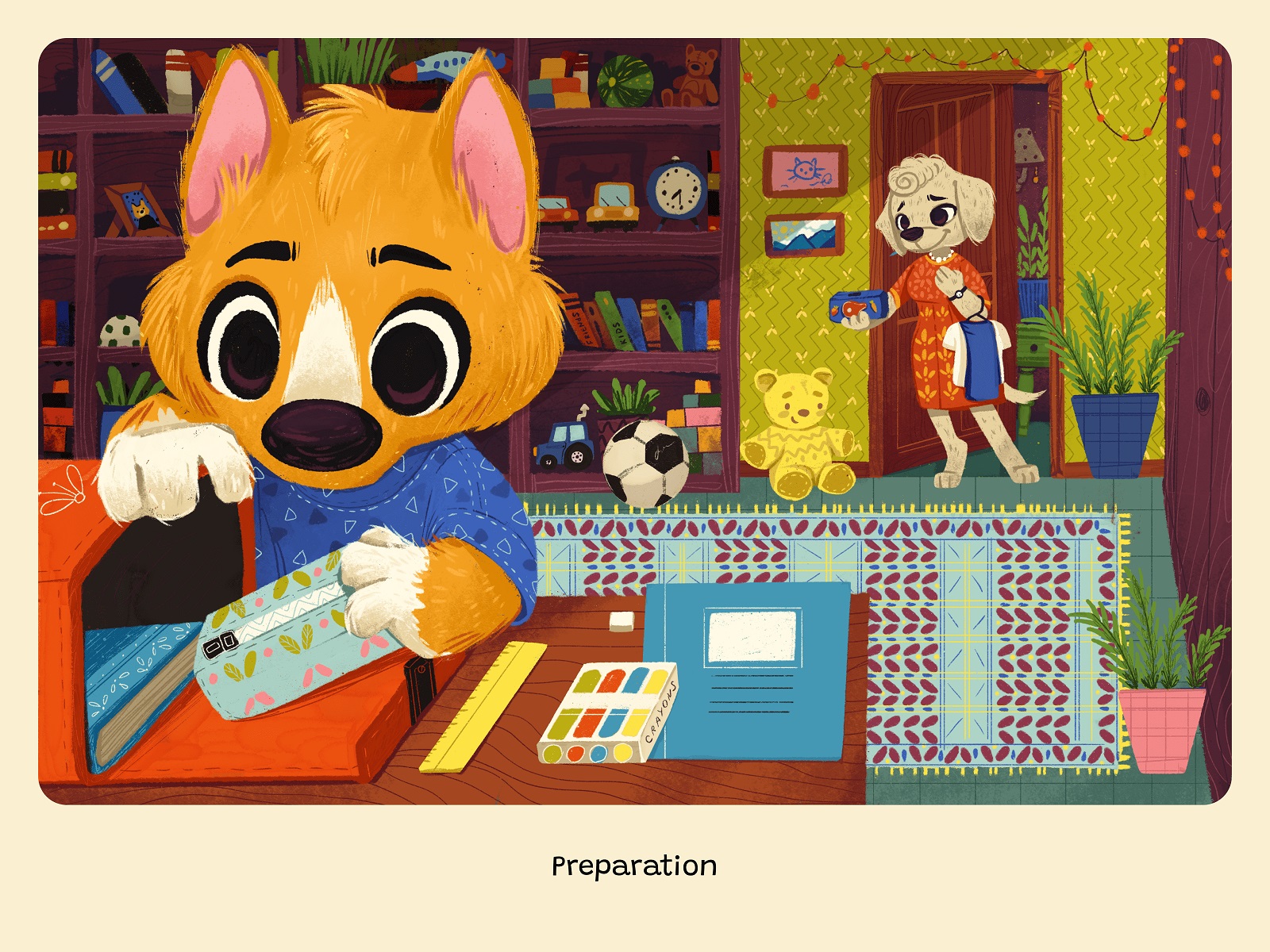
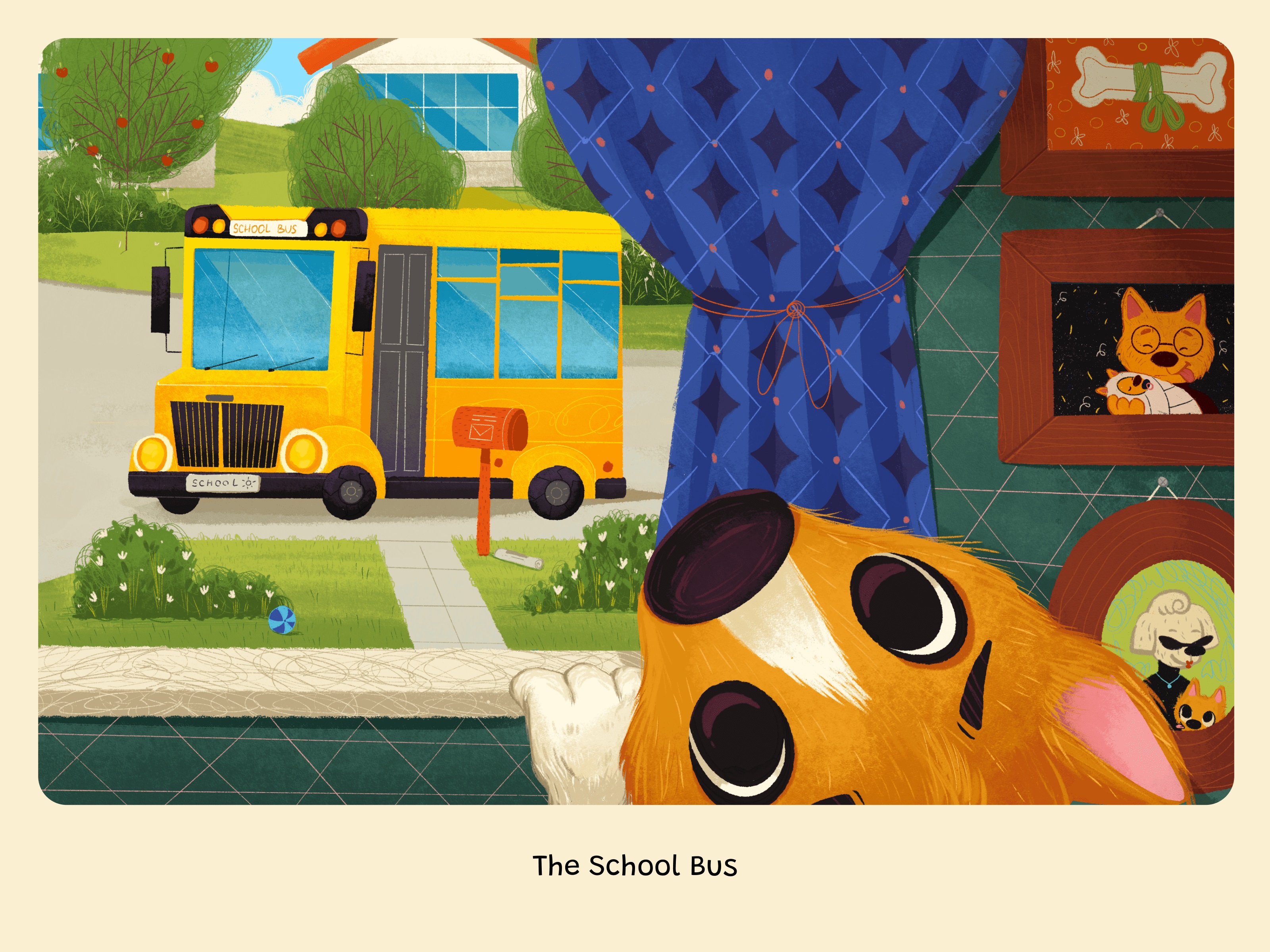
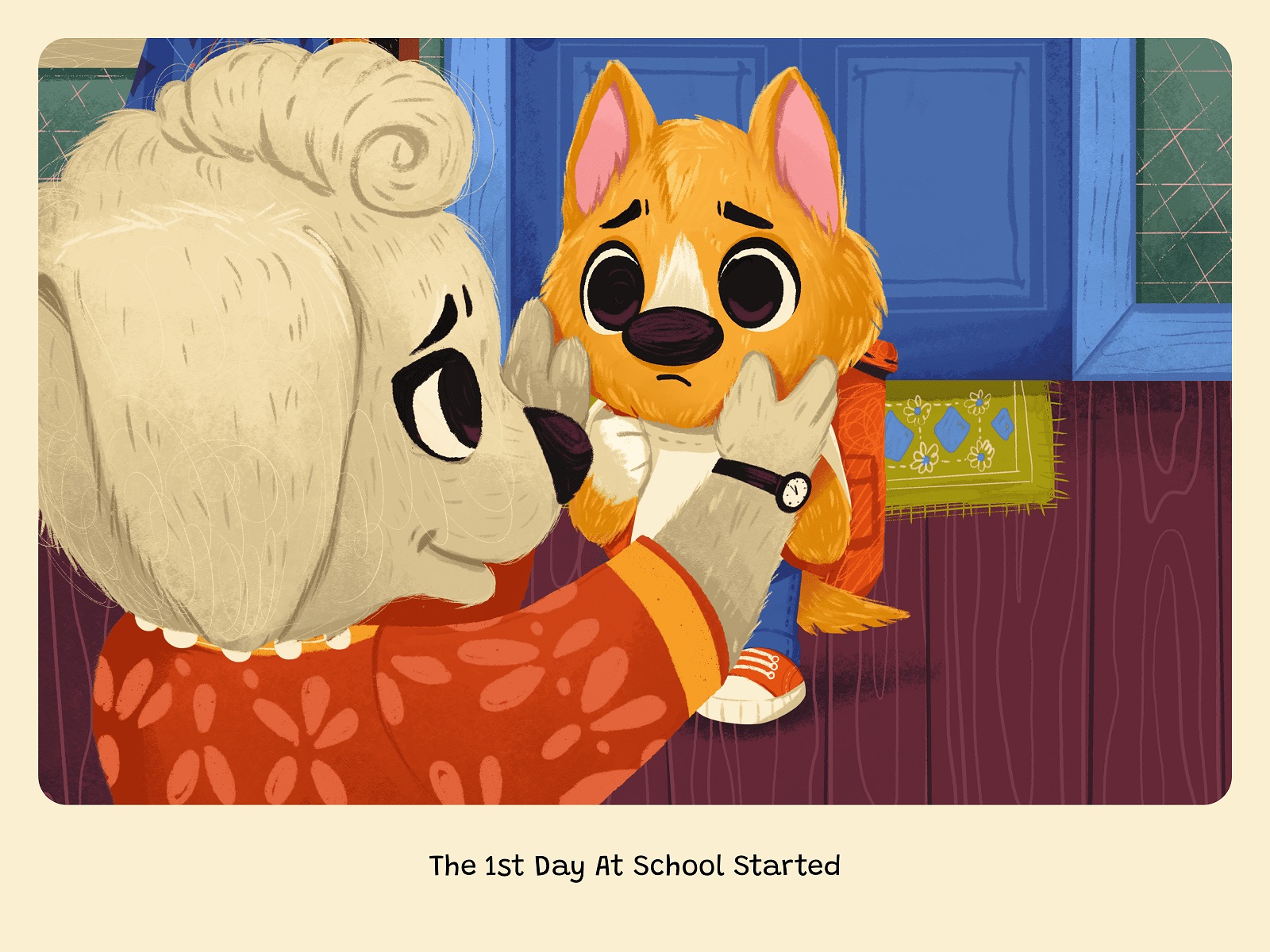
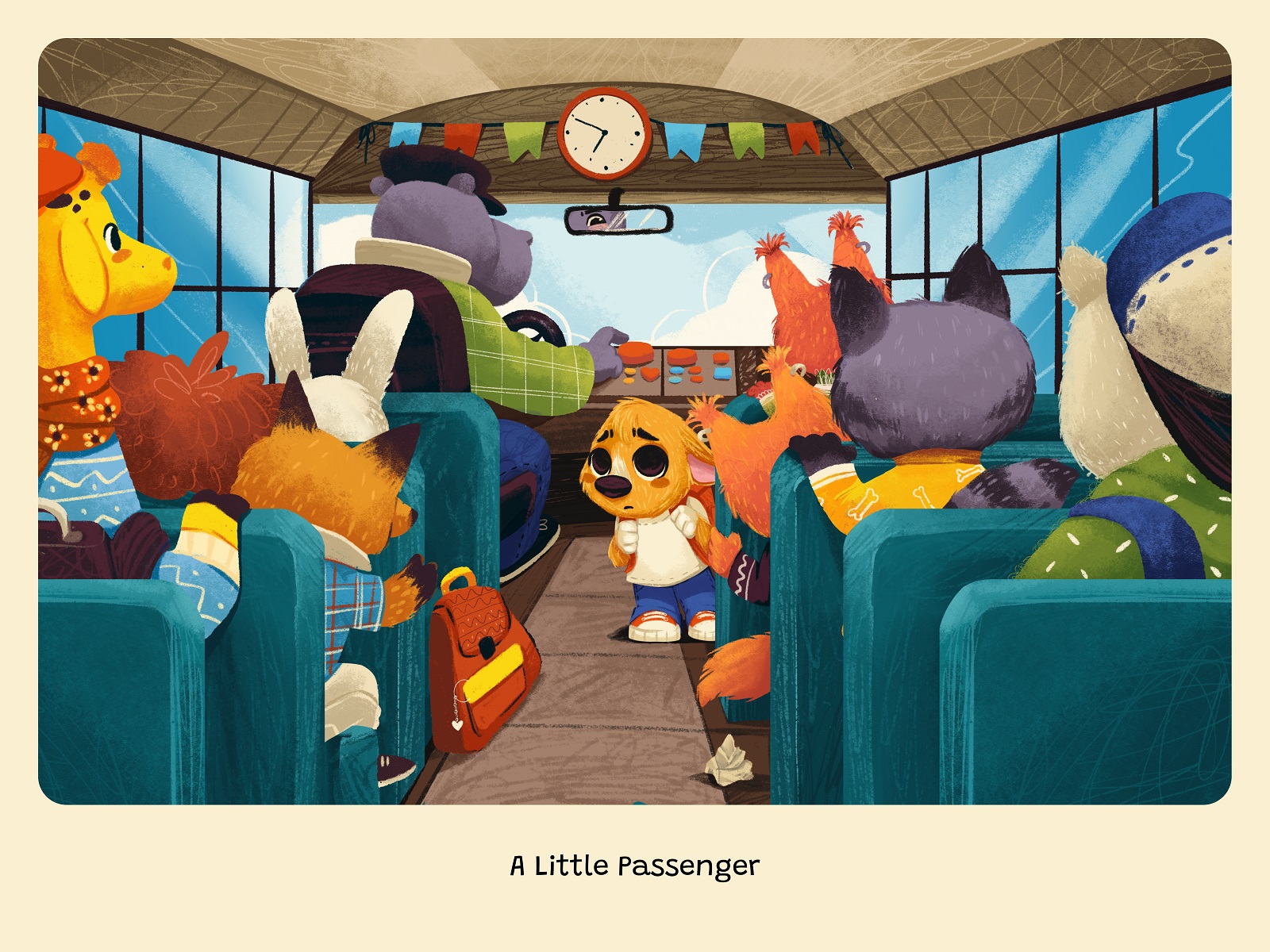
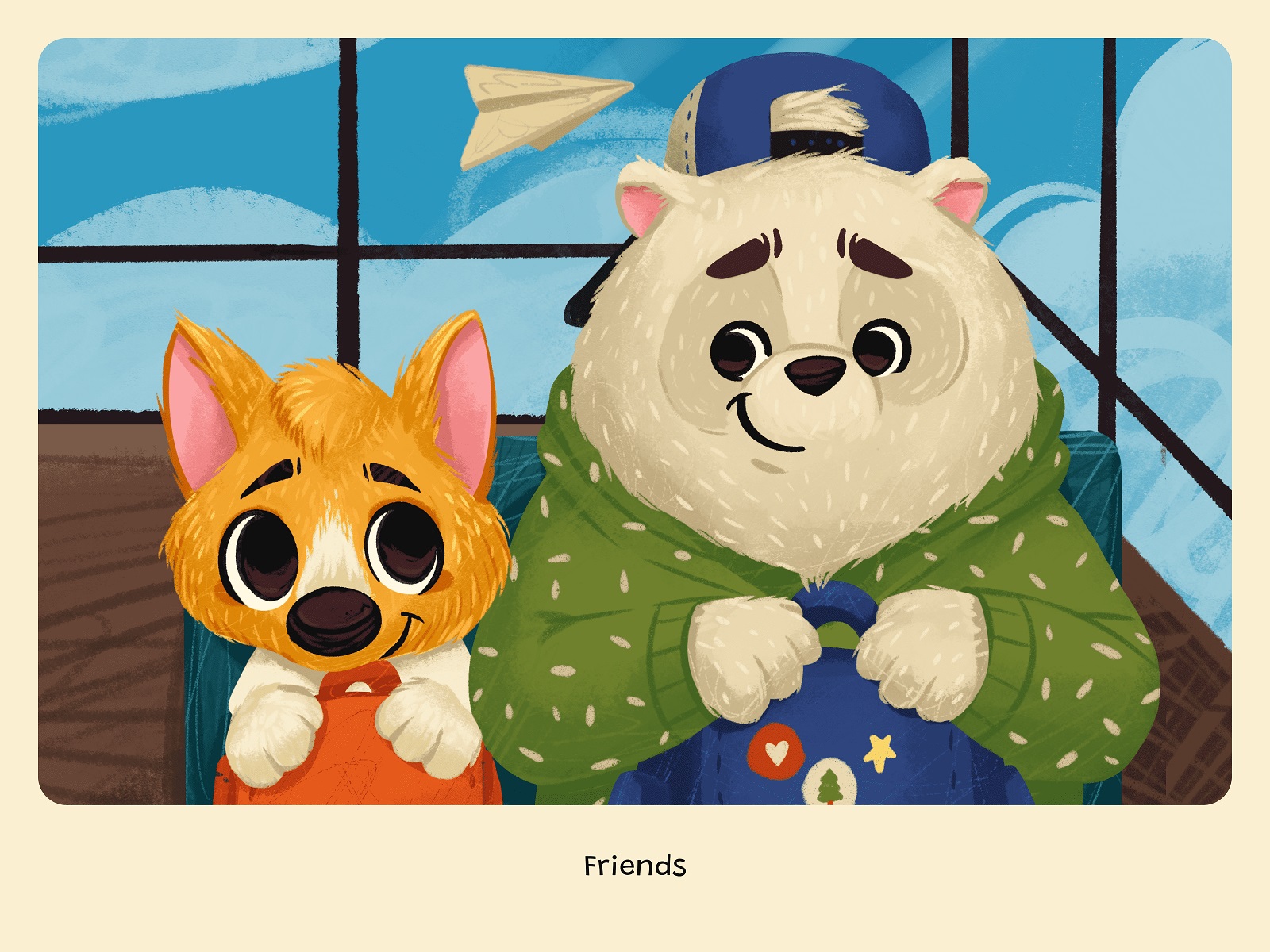
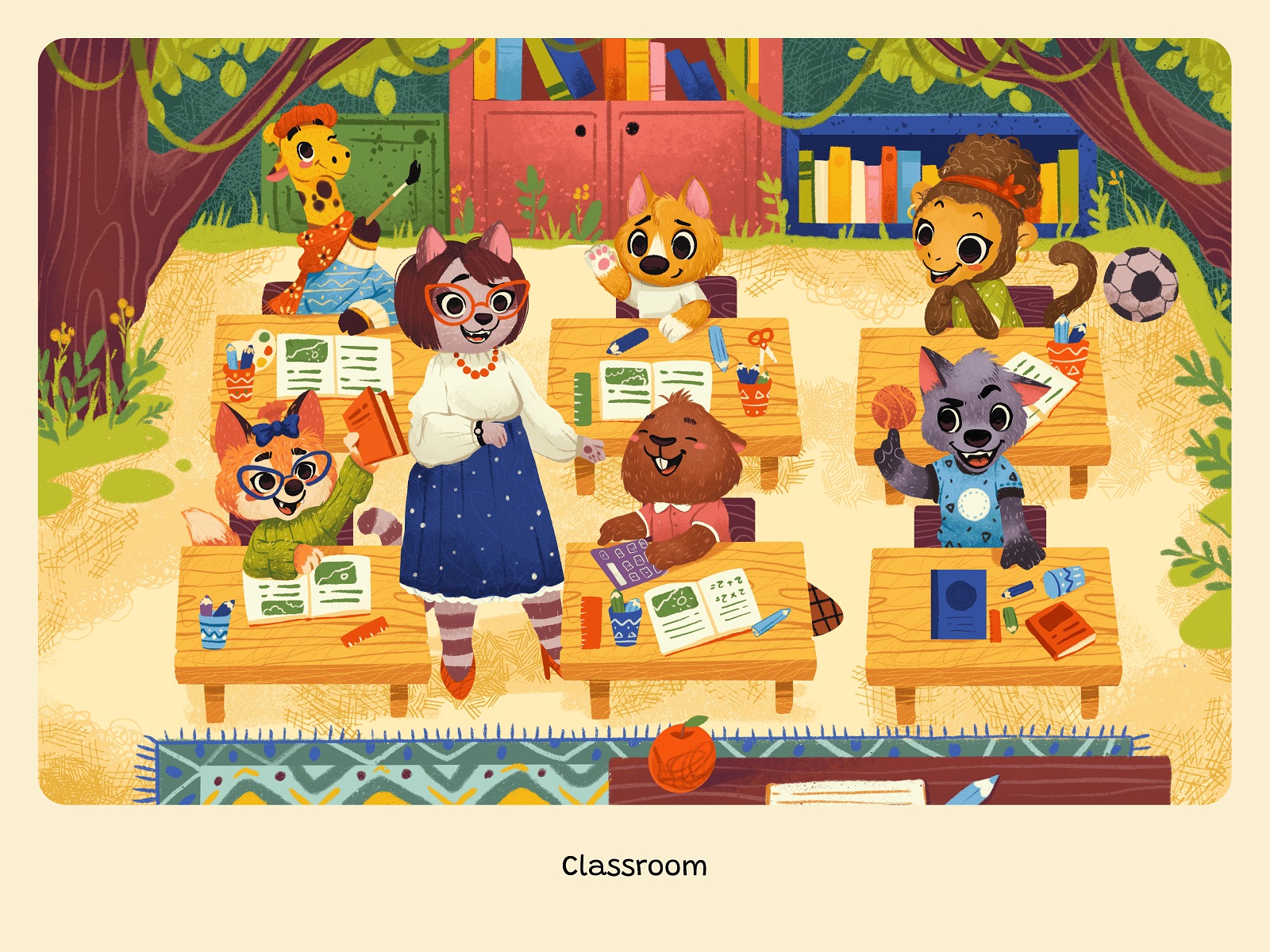
Book Design
After the illustrations were ready, it was time to start the design stage. The art and text had to combine and work together in harmony and balance. The typographic approach is based on the playfulness but high readability and legibility of the chosen font. Although the illustrations are brightly colored, the spaces for the text blocks use a light background to make sure that it’s easy to read. The pages look consistent and united; still, there was no standardized approach to the grid, as each spread was designed individually based on the size and composition of the illustration for that specific scene.
So, let’s see the final look of the picture book design, from the book cover and endpaper design, from one book spread to another, and check how the art, text, and design get together to make this kind and cute story work for little readers.
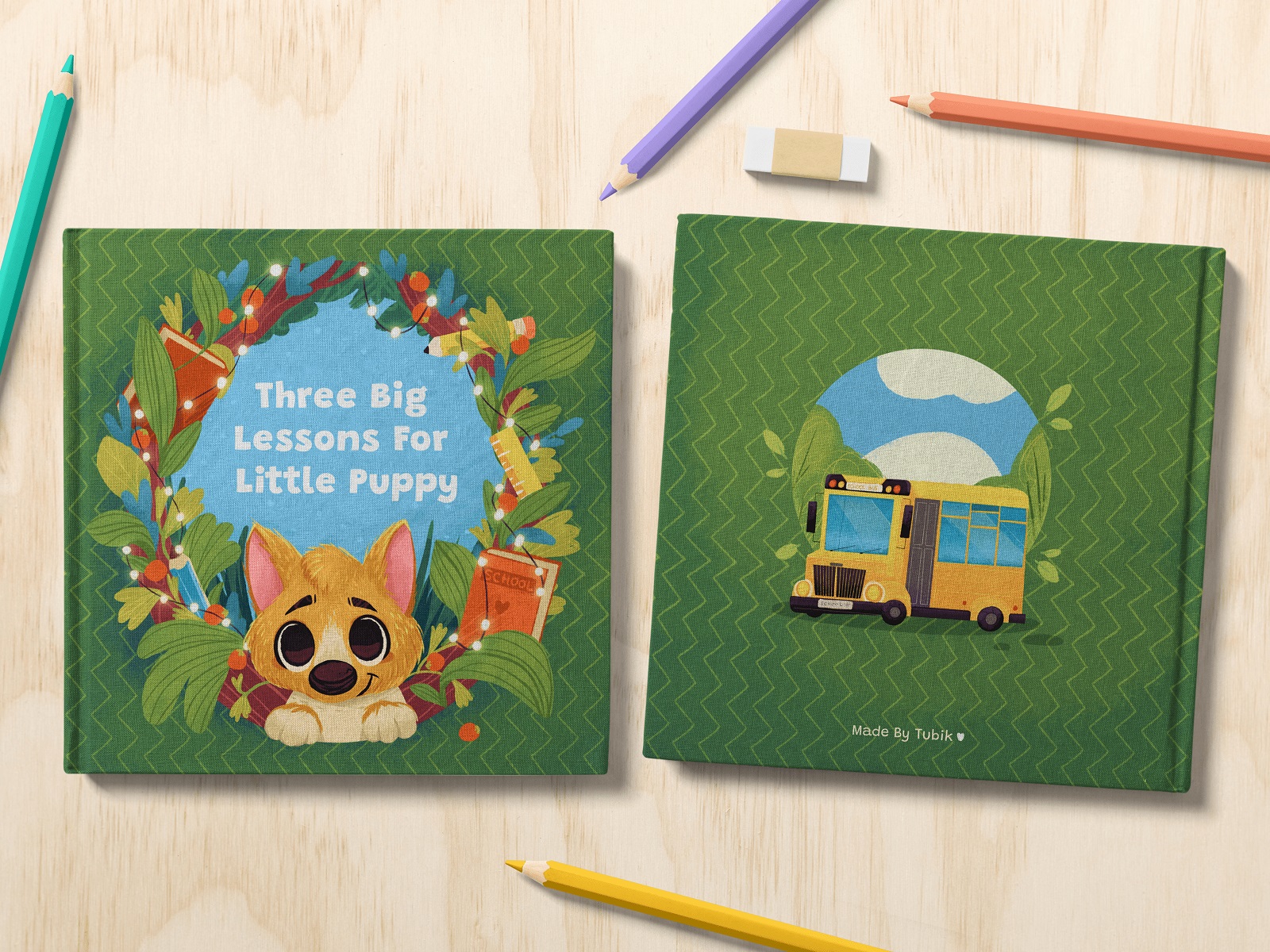
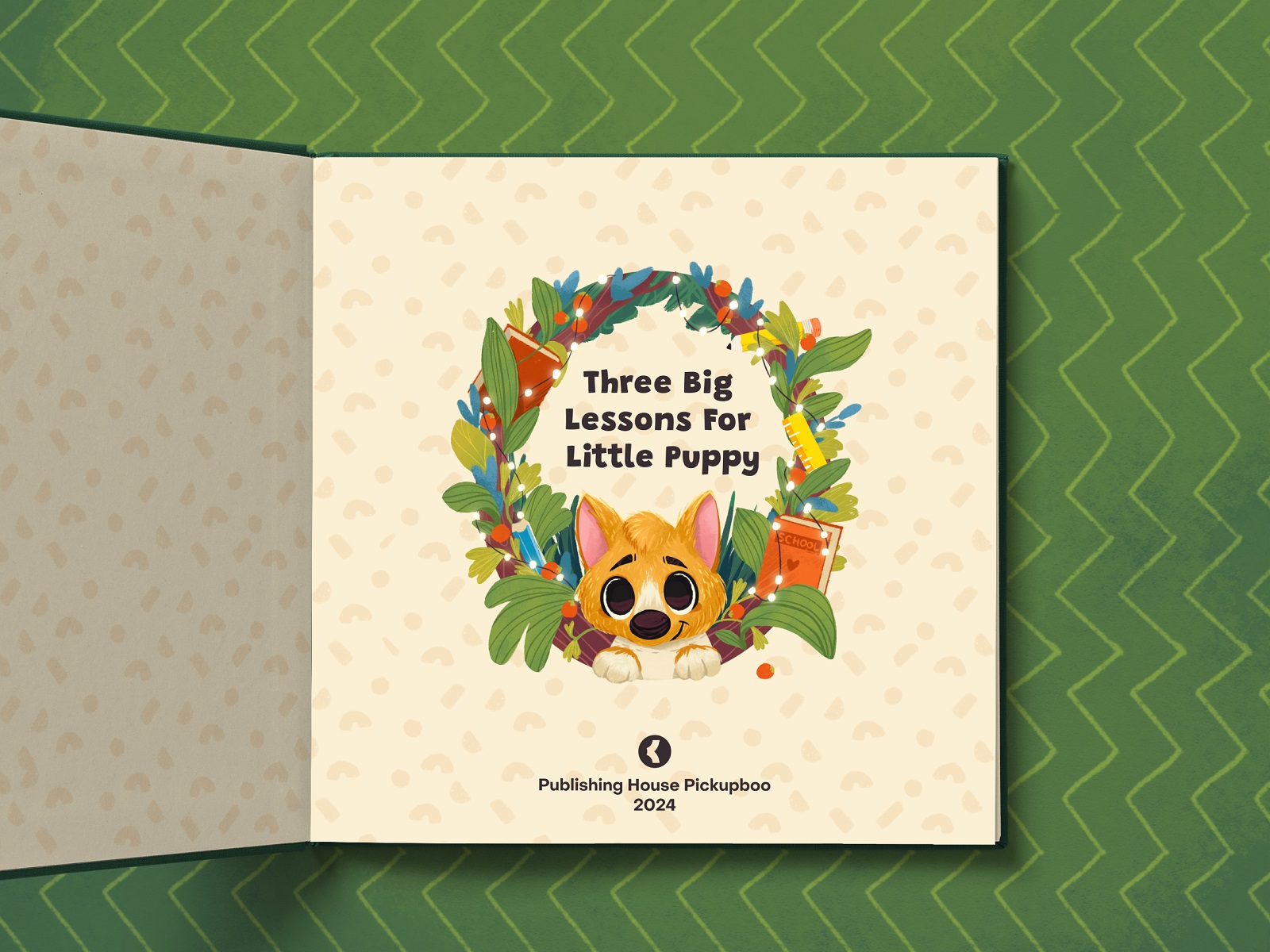
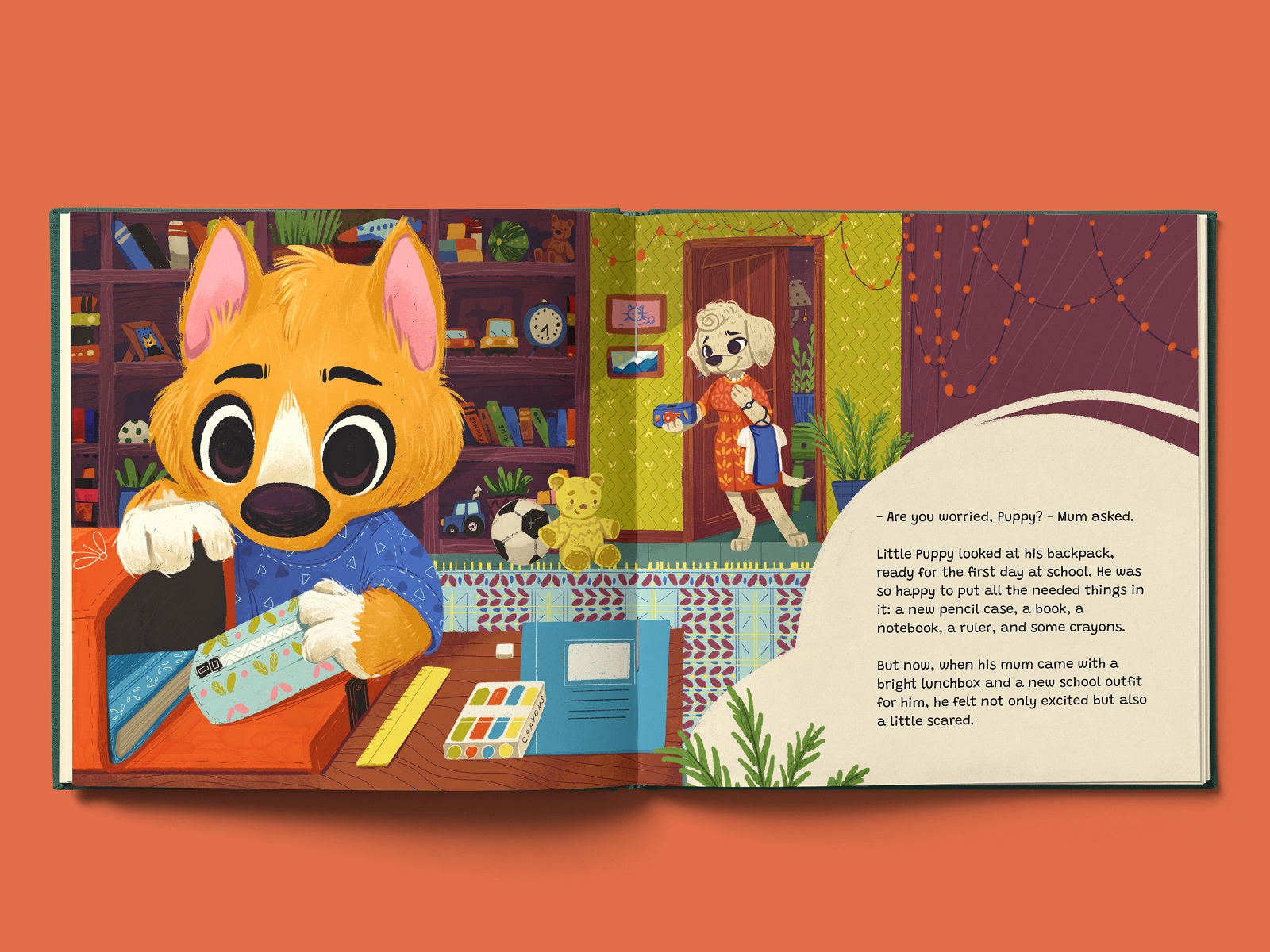
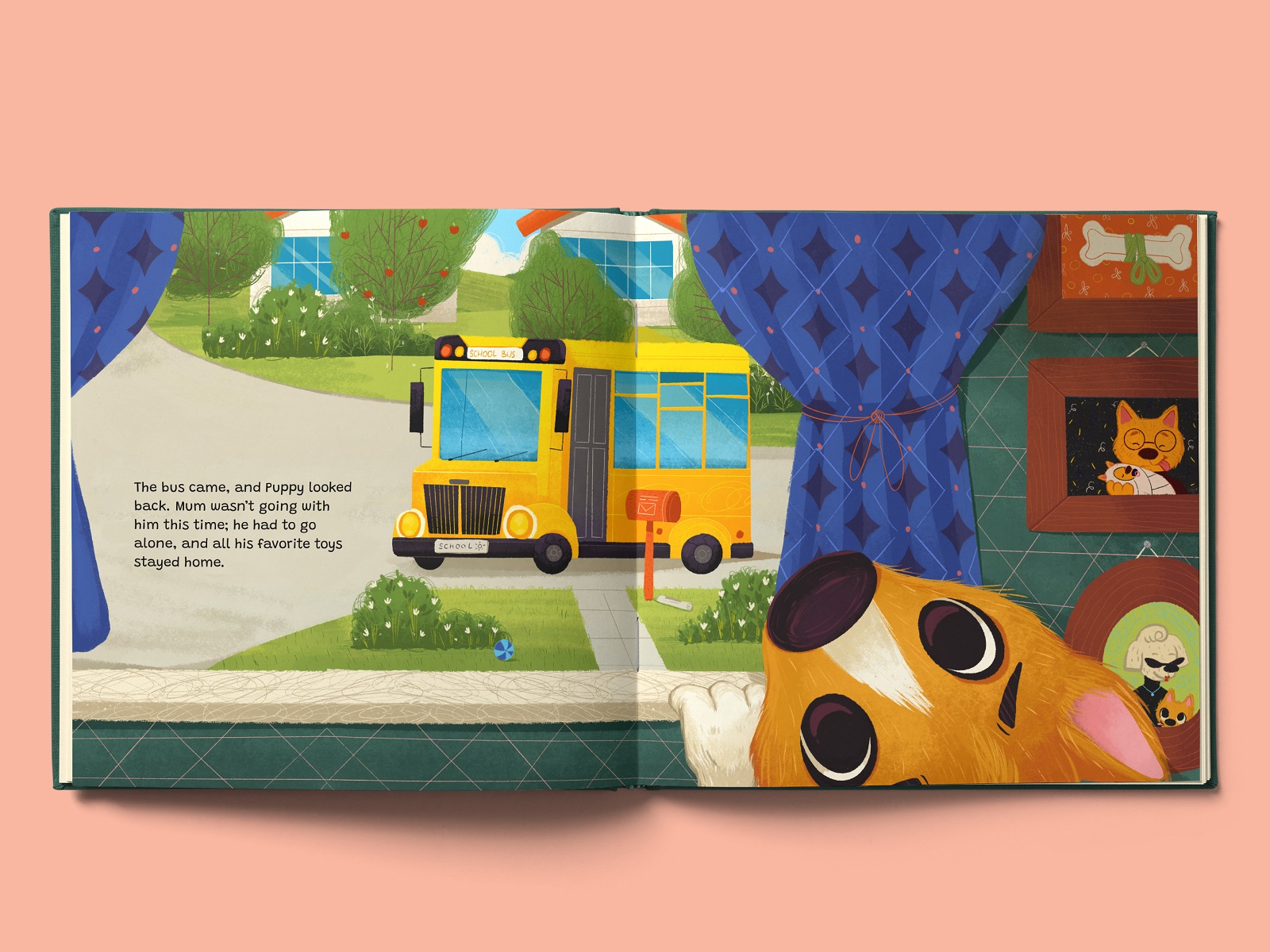

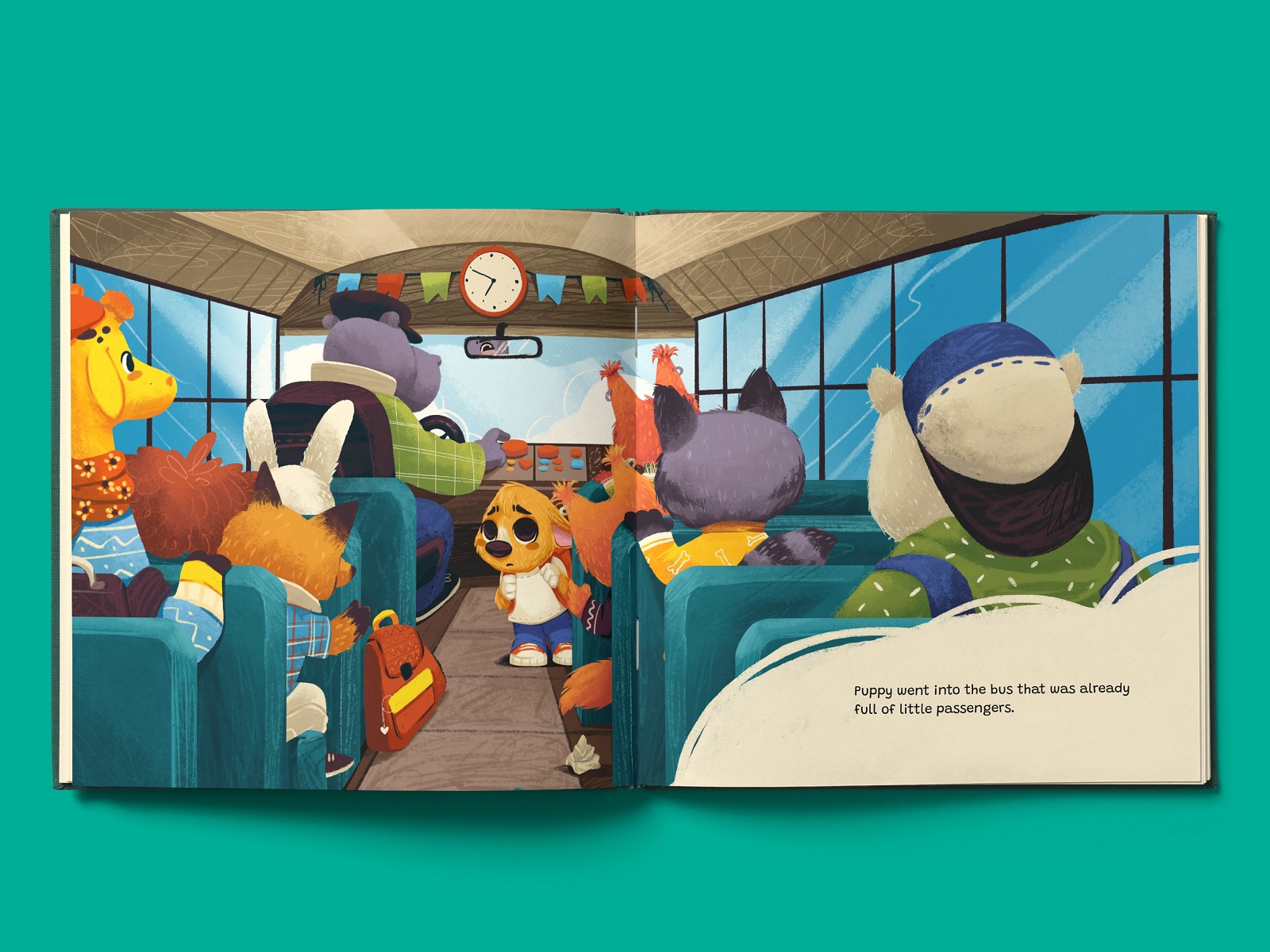
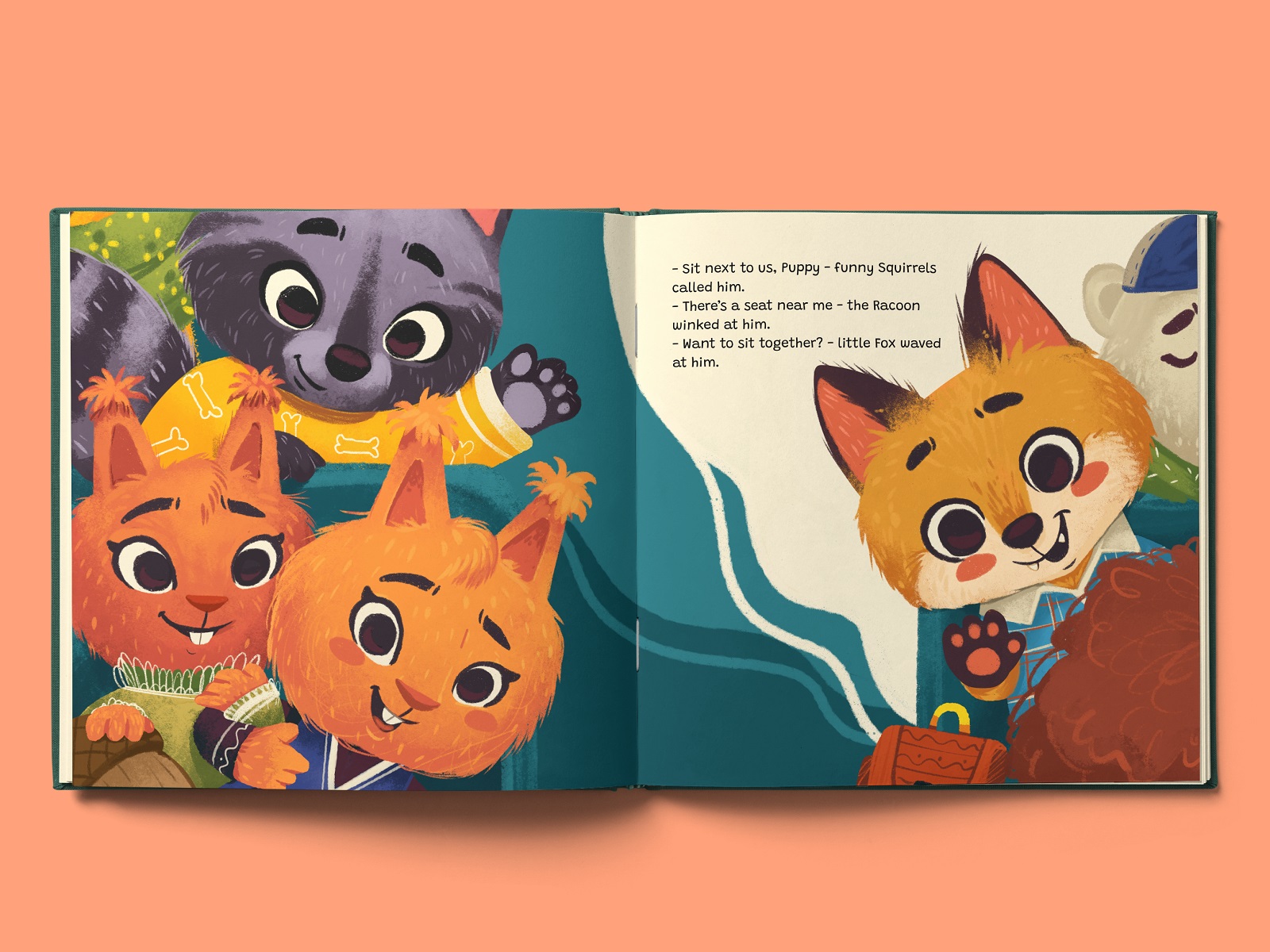

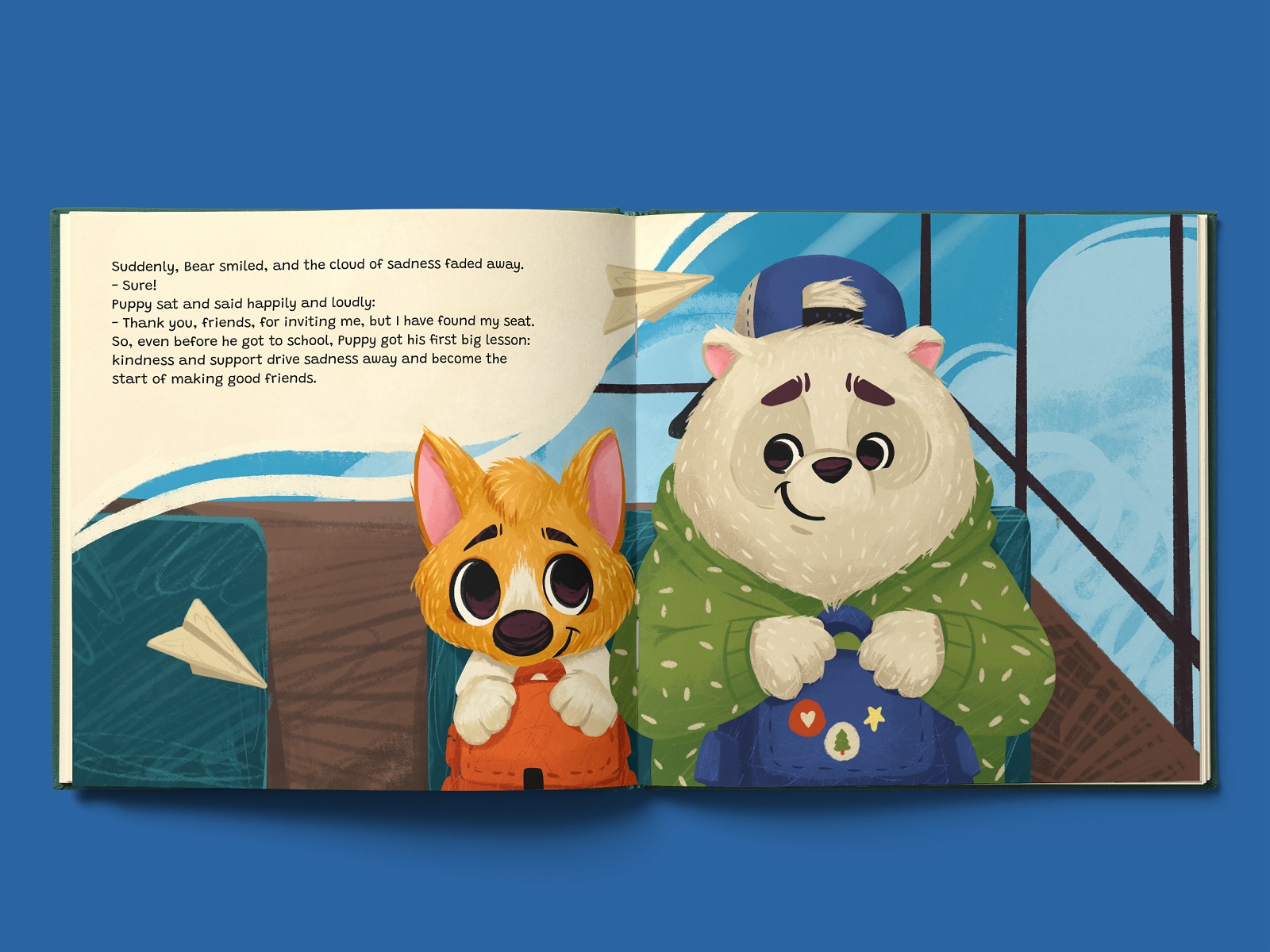
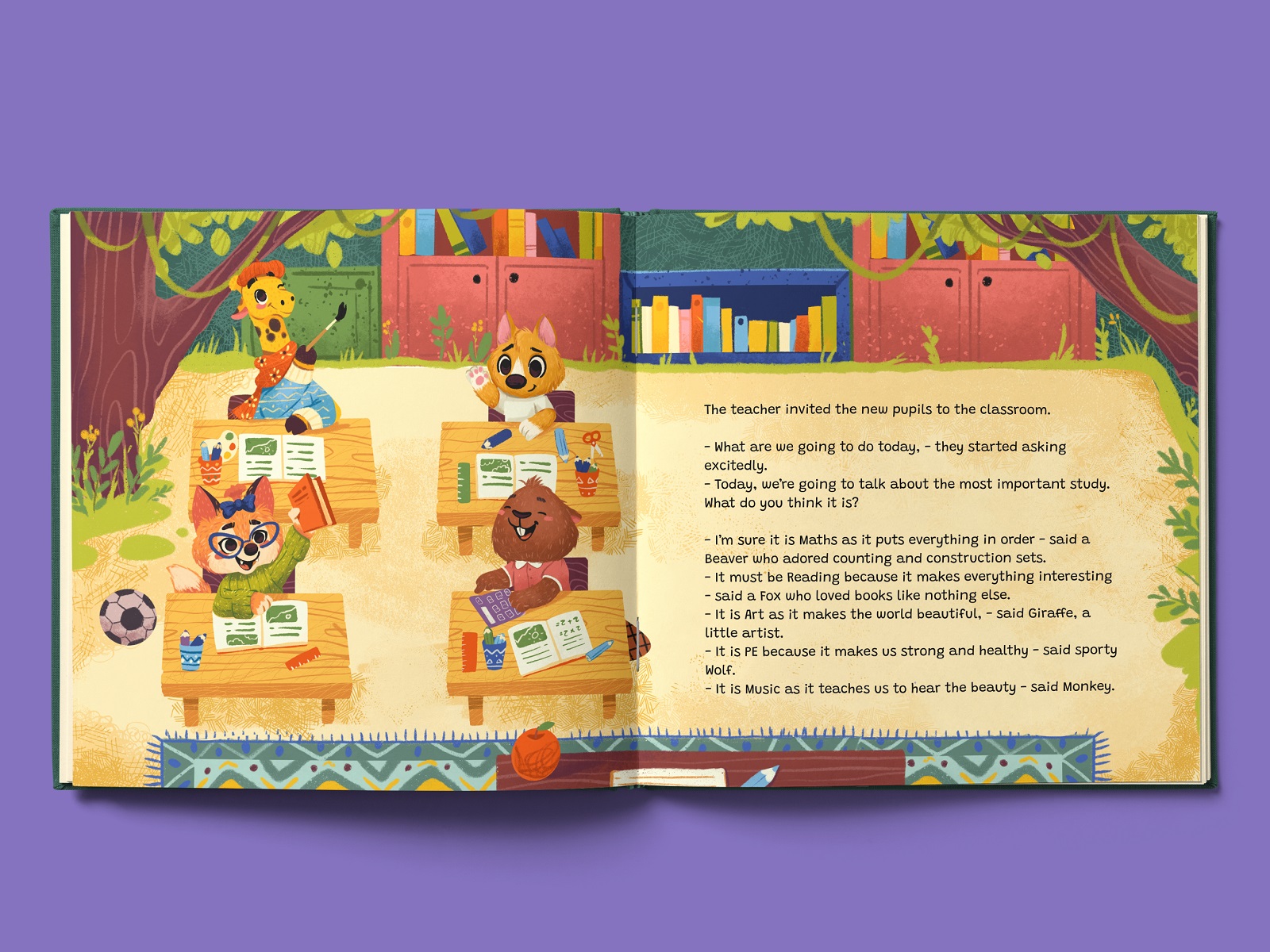
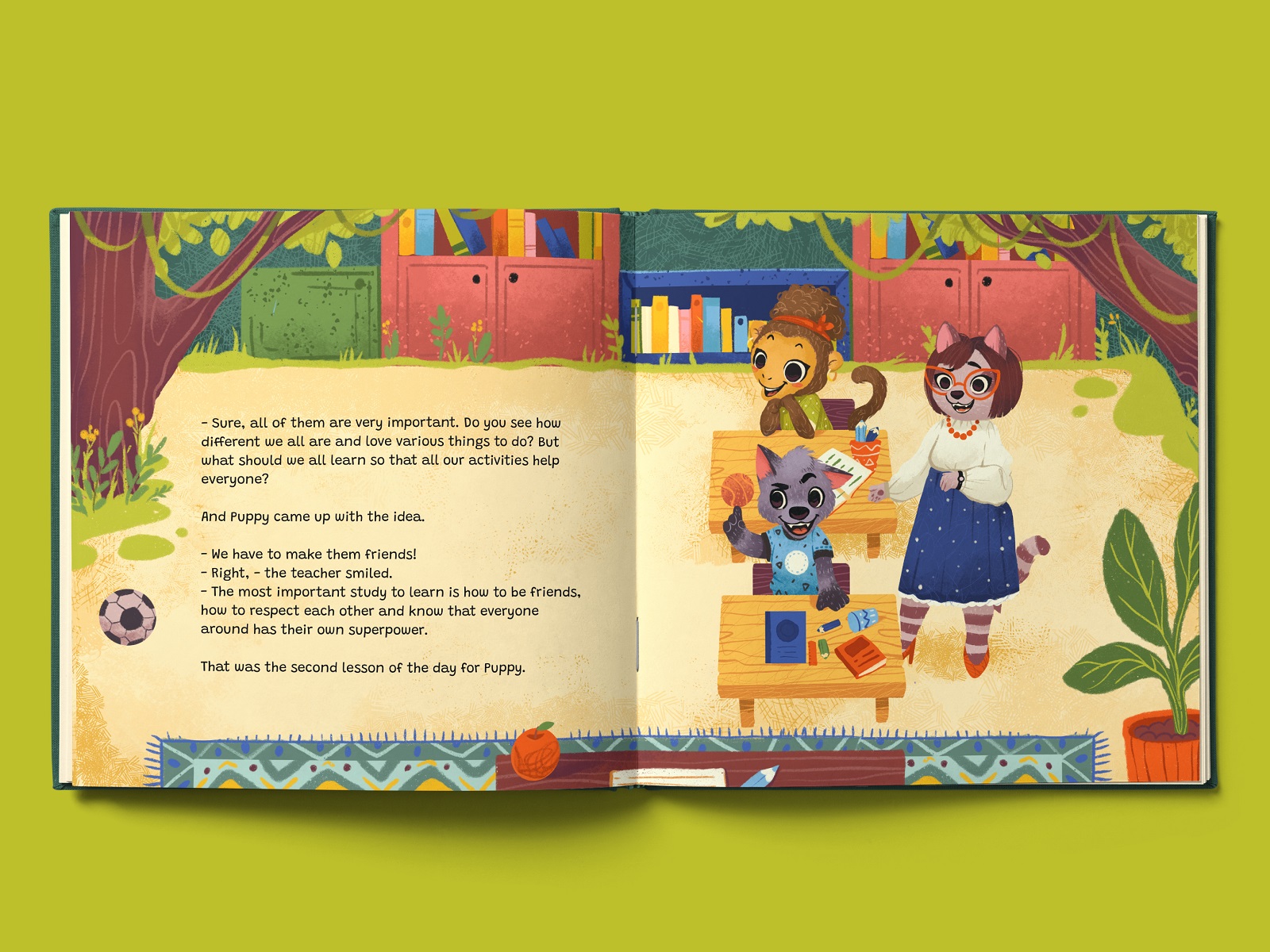
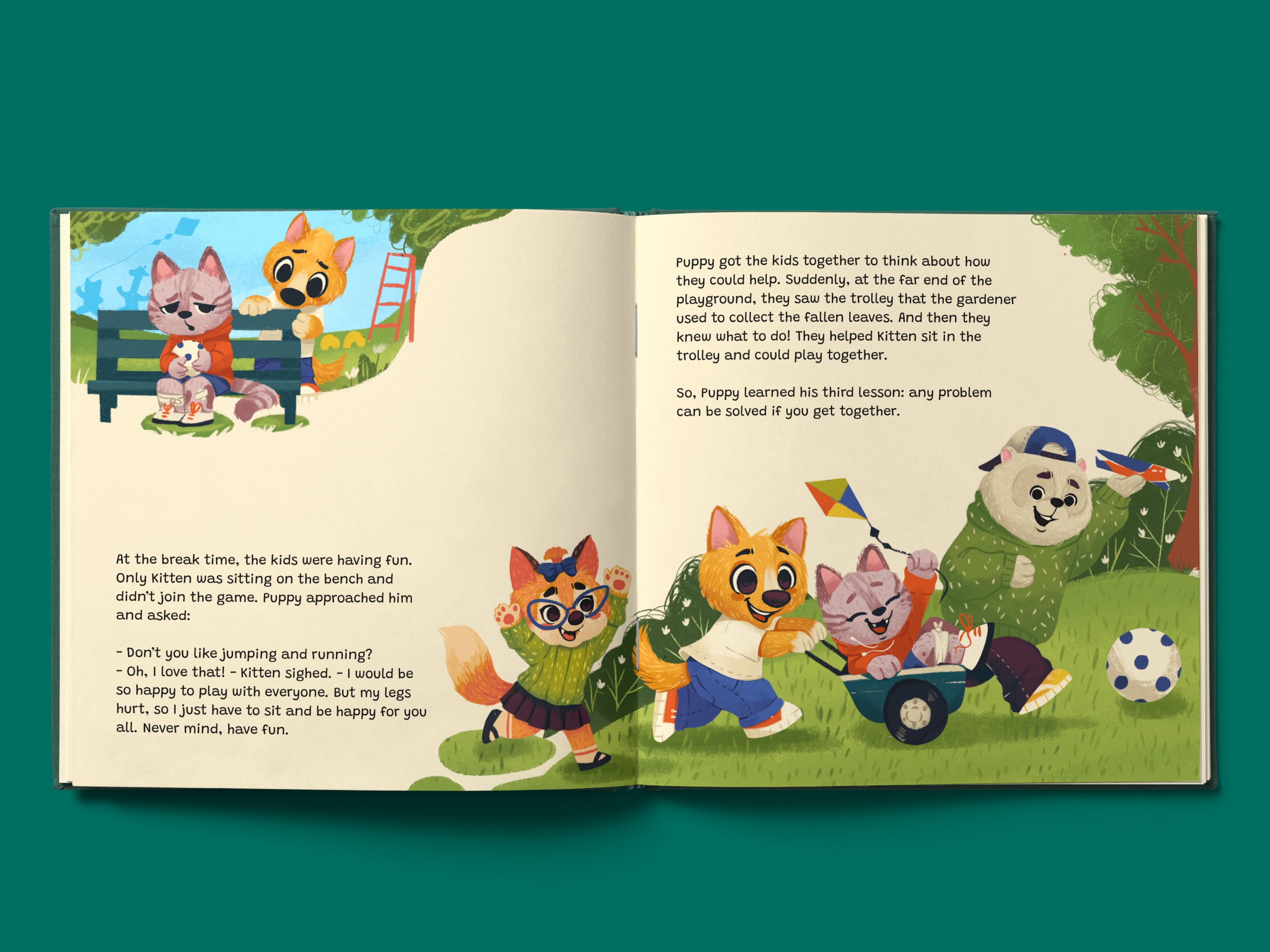
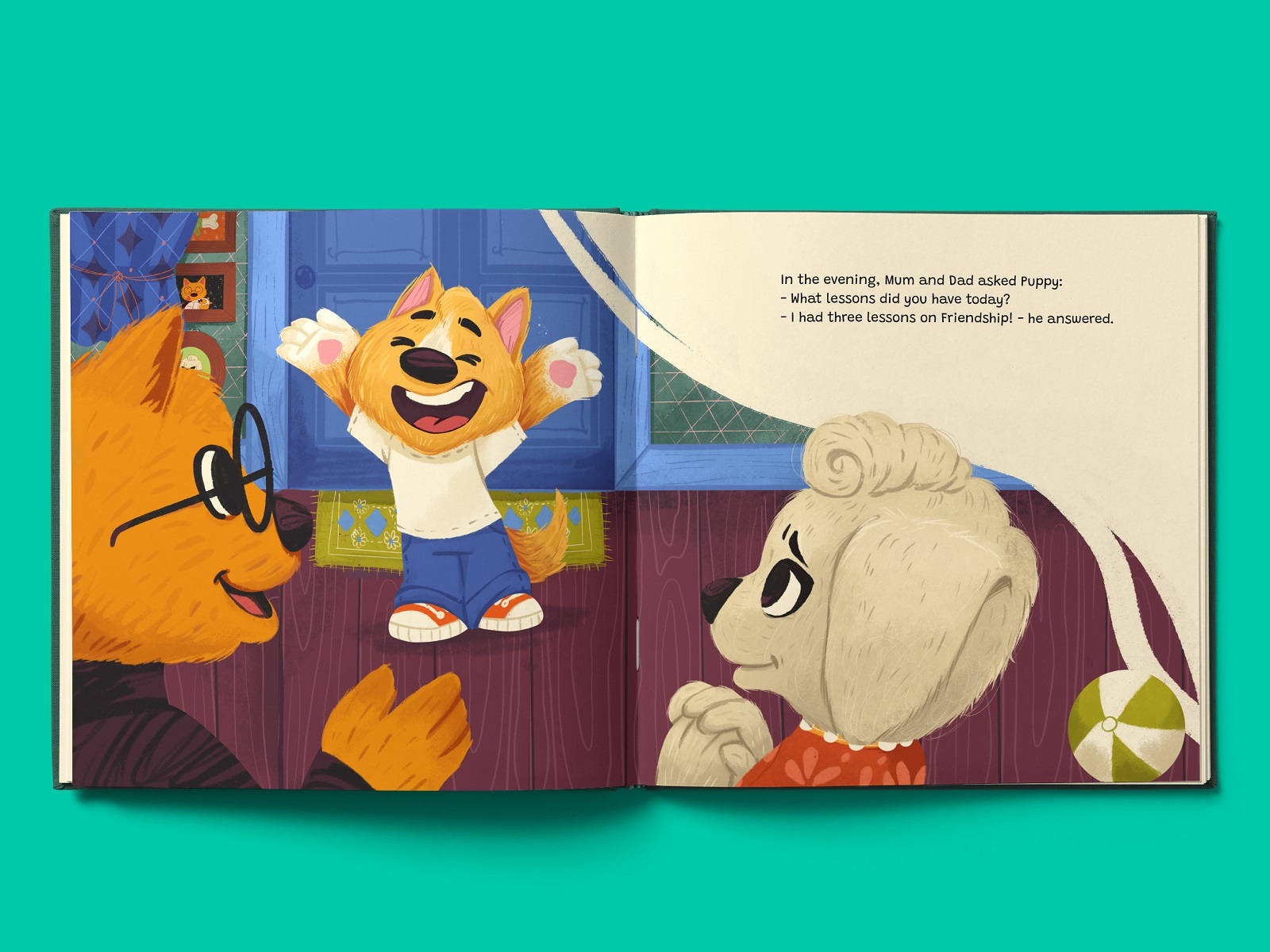
For our team, this project was a great experience of passing the whole way through the picture book creation process, diving deep into the specific nature of art and design for this market segment, finding ways to make it more efficient, and checking what tools and approaches are handy at each stage.
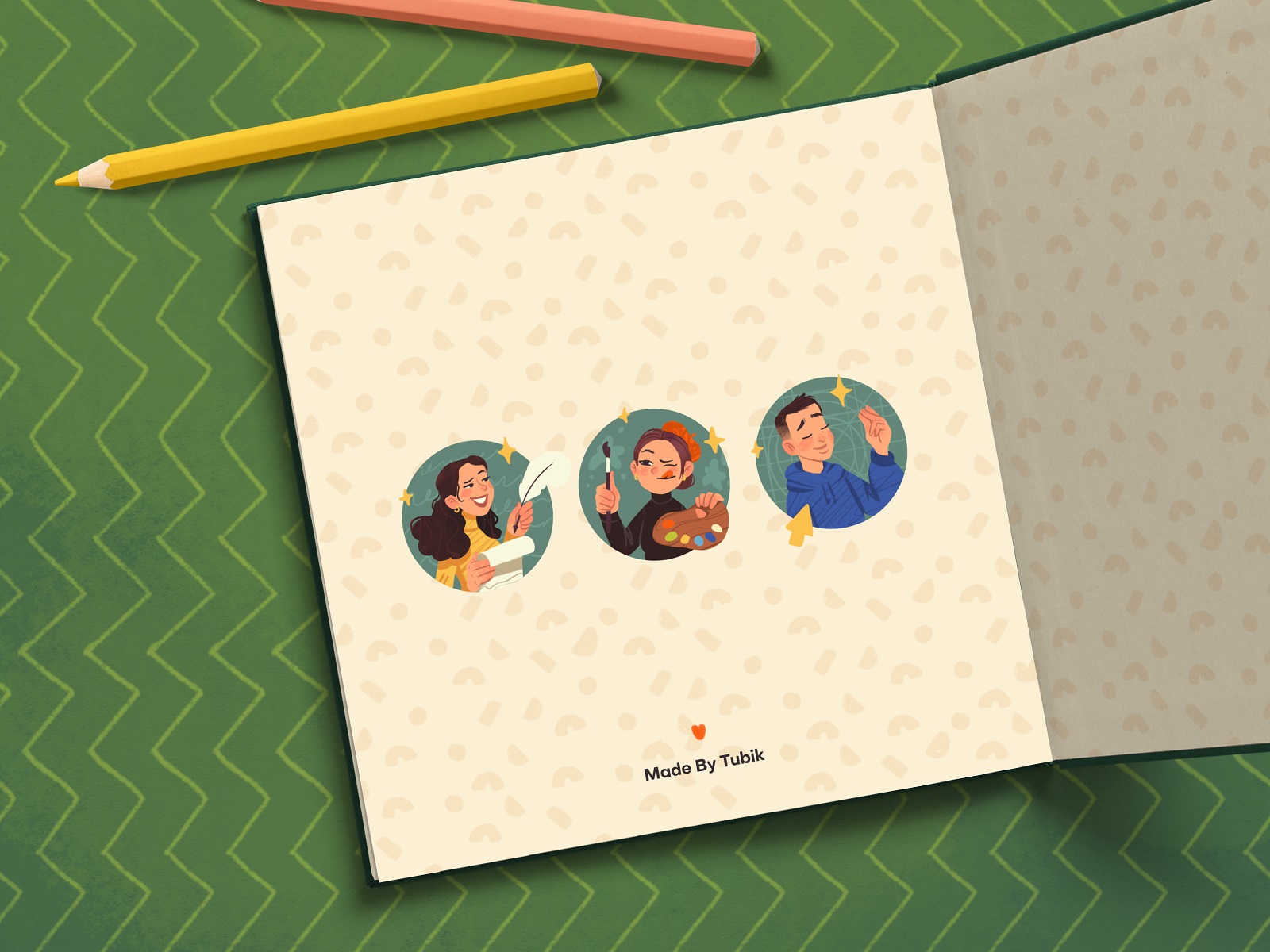
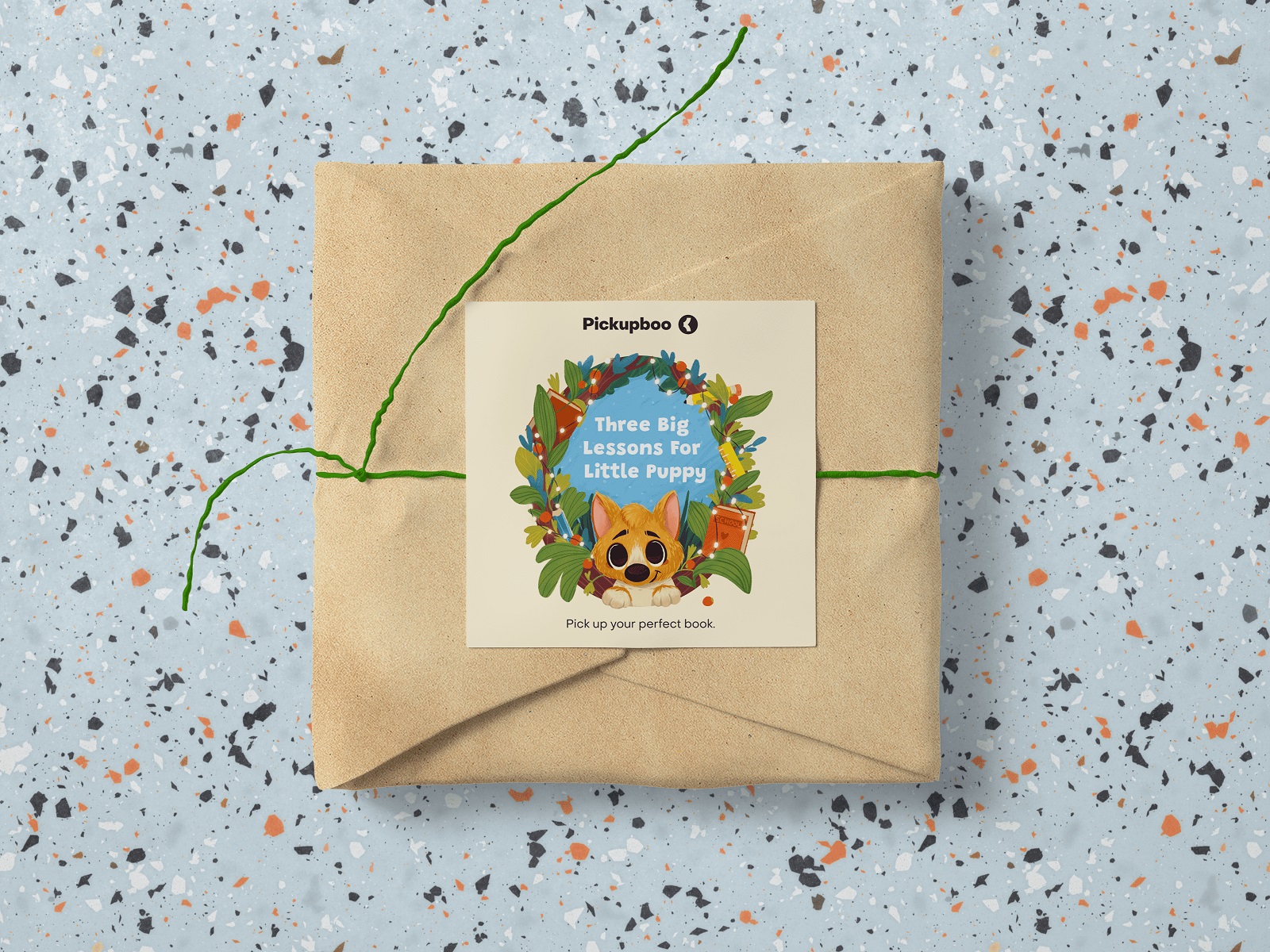
New design case studies from our team are coming soon. Stay tuned!
More Design Case Studies
Here’s a set of more case studies sharing the design solutions and approaches for some of the illustration and graphic design projects done by the Tubik team.
Nova Post. Interactive Christmas Advent Calendar UI Design
Book Illustrations for Visual Storytelling
MYWONY. Storytelling with Brand Intro Design
Tubik in Paris. Design Process for Narrative Illustration
KOISI Tokyo. Packaging Design for Japanese Restaurant
PierSide. Packaging Design for Tinned Fish Brand
Sidra Vivo. Vibrant Packaging Design for Cider Brand
Herteas. Packaging Design for Herbal Tea Brand
Nutribite. Tasty Packaging Design for Granola Bars
Milkimu. Packaging and Marketing Design for Dairy Brand



